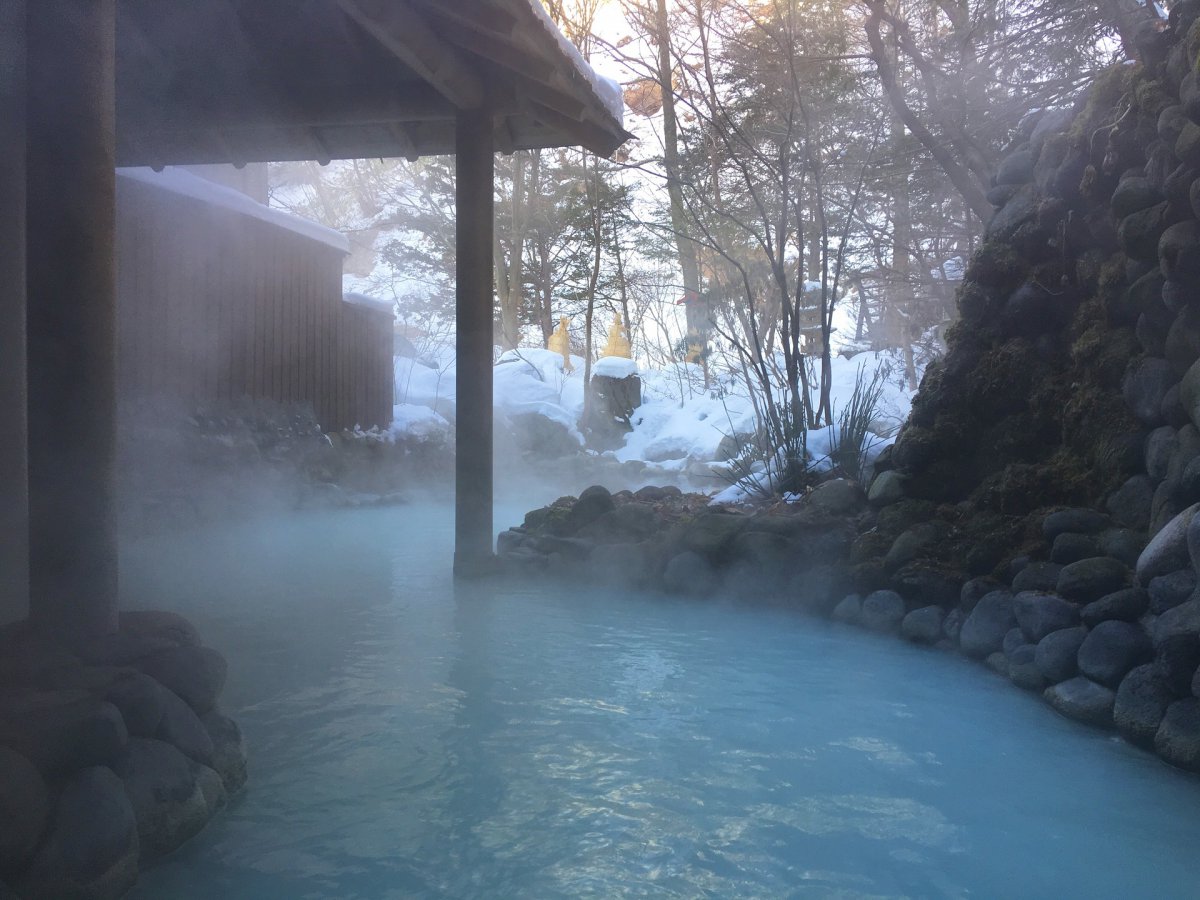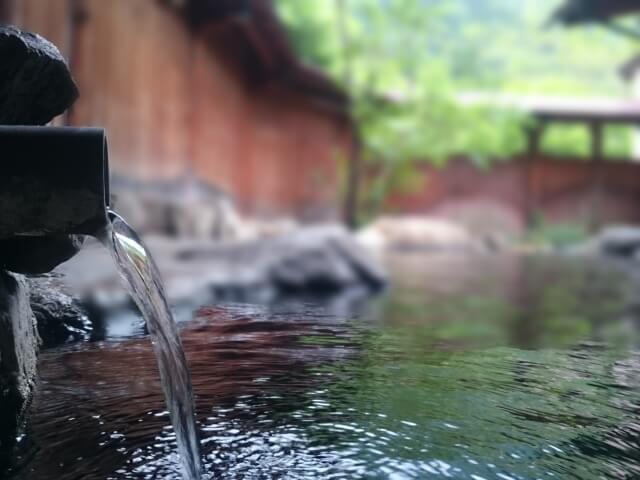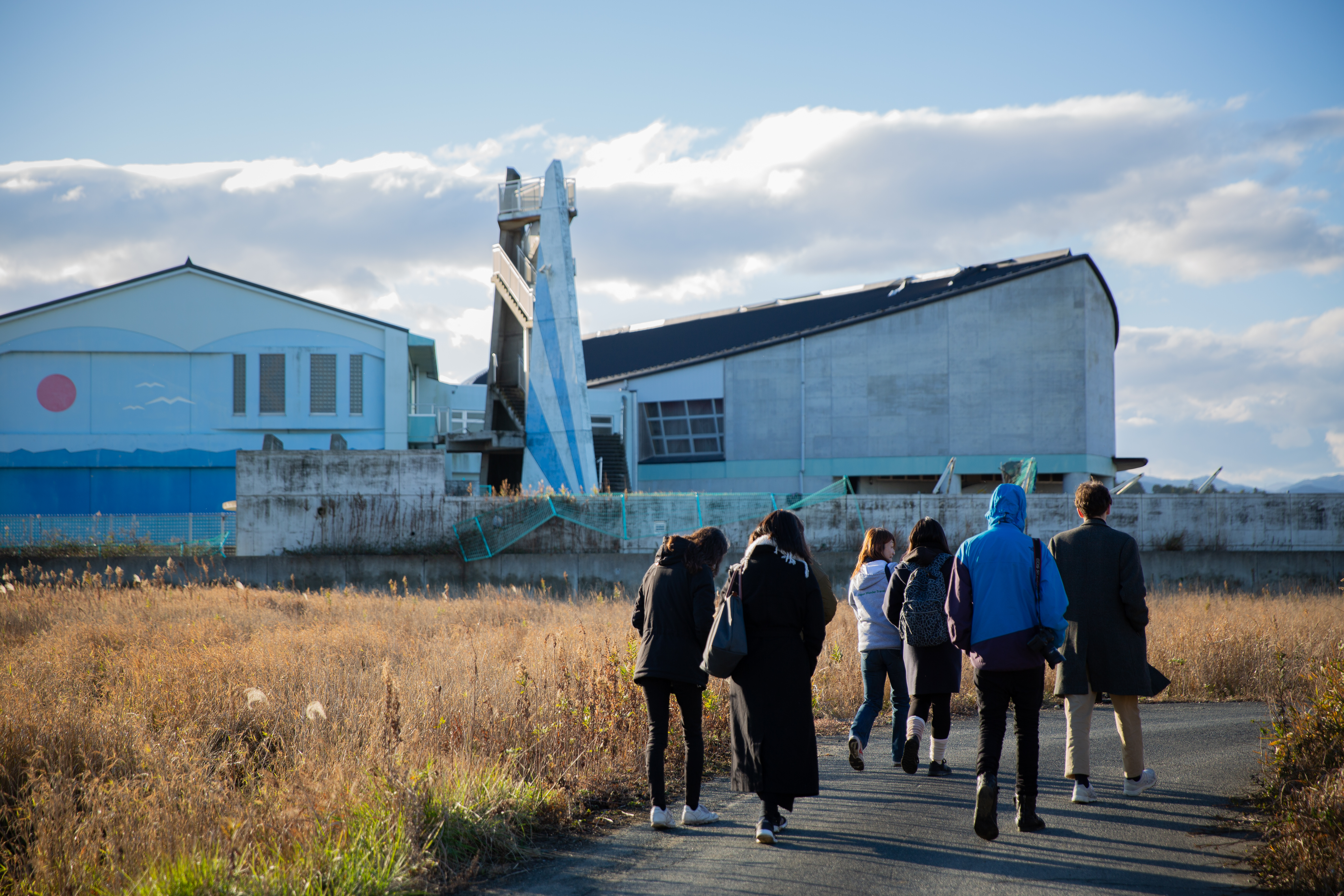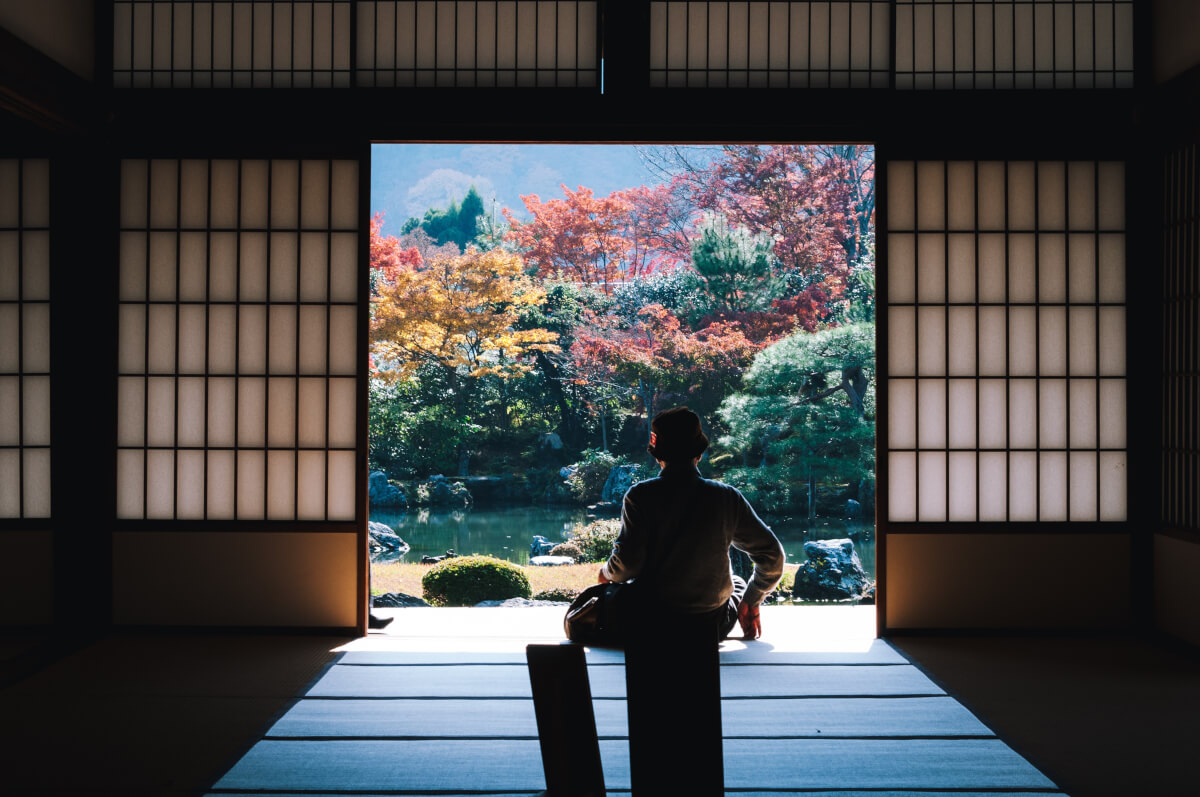Because 75 percent of Japan is made up of mountains, many of which are volcanic, there are a many hot springs across the whole country. Hot springs are called onsen in Japanese and are very popular. You will not only find traditional thermal springs but also onsen with different mineral composition which are believed to have a therapeutic effect on the body. Kyushu, in the south part of Japan, and in particular Beppu area, is famous for its delicious food and its onsen that will help you relax your mind and your body. In this article we will talk about the most famous and beautiful onsen in Oita and a couple of other parts in Kyushu.
1. Kannawa Onsen
Founded in 1276 by a Buddhist monk, Kannawa Mushiyu is a famous steam bath that uses medicinal herbs called “Sekisho”. Sekisho is said to be good for reducing some pain on the body or muscle ache. These herbs are spread all over the floor and help the body sweat whilst relaxing the mind. But you have no idea how to take a bath like this? Here is the proper way to experience Mushiyu.
First, take a shower and wash off the dirt lightly and put on the room wear or easy clothes. Set the timer on for 8-10 minutes and lie down on the stone to get steamed. After that, wipe off all Sekisho and take shower and get in the bath. If you like sauna, you would love this Mushiyu as well!
2. Takegawara Onsen
Originally built in 1879 but reconstructed in 1938, Takegawara Onsen is one of the most famous hot springs in Beppu with this gorgeous look. In this onsen you can experience both sand bath and the typical hot spring bath. Natural thermal springs heat up the sand and keep it warm, so it will help you relax and soothe any stiff muscles.
3. Kankaiji Onsen
At Ichinoide Kaikan, they have rare blue color Onsen which almost looks like a pool or ocean with the view over Beppu Port. The admission fee includes meals so you can enjoy both Onsen and local specialty food there. Check the visit date and see if it is opened for men or women though, odd number is for women and even number is for men. Be careful when you choose the date!
4. Oku-Myoban Sanso
Oku-Myoban Sanso is sulphur hot spring located in Yuyama, Beppu. If you hesitate to take a public bath with others, this is the place for you. Oku-Myoban Sanso only has three private bathrooms, which you can use privately, or share with your family or friends. The water is derived from mixing pure ground water and steam rich in sulphur pouring from the ground. The average temperature is 42°C (107.6°F) and 40°C (104°F) during the summer. One of the bathrooms has an open-air bath and the bathtub is made with Beppu stones.
5. Hamada Onsen
Although this hot spring was discovered back in 1897, Hamada Onsen was only built in 1935 with a bath on the first floor and a public meeting space on the second floor. But in 2002, the Onsen was renovated into a Japanese style bath and barrier-free, making it easier for elderly and people who have difficulties use the facilities. Passages are wide so that wheelchairs can move easily and handrails are installed within the bathing pools and dressing rooms.
6. Beppu Beach Sand Bath
Located in Shoningahama beach, next to Beppu International Tourism Port, Beppu Beach Sand Bath started operating in 1986. What makes it unique here is you can experience getting buried in the sand! The sand has been heated from a nearby hot spring. It warms up your whole body after 15 minutes or so. Only face sticks out from the sand and it almost looks like a mummies in Egypt?!
Joking aside, this warm sand have healing properties such as relieving muscle and joint pain and exhaustion. You will be able to relax while enjoying the view and sound of the ocean. After the sand bath you can wash off any excess sand in the showers that are next to the lockers and you can take Onsen after the shower.
7. Hells of Beppu
Hells of Beppu consist of eight “hells” located in Beppu Kannawa and Kamegawa regions that were created by volcanic activity more than 30,000 years ago. These “hells” are not regular hot springs where you can go in and relax, as their temperatures are extremely high. They were named “hells” since people in ancient times believed they were cursed because the water bubbles very aggressively. Each Onsen has its own name and the water color is different as the materials that are being bubbled or spout are different. In some of the Onsen you will also spot animals such as flamingos, hippos and even alligators!
8. Ureshino Onsens
Located in Saga Prefecture, Ureshino Onsens are considered one of the best hot springs in the Kyushu region and one of Japan’s Top Three Hot Springs for Beautiful Skin, thanks to its water, which is high in sodium bicarbonate and sodium chloride, making it extremely smooth on the skin. There is a total of 17 spring water sources and around 60 inns along the stream of Ureshino river with some of them offering Ureshino water at their onsen facilities.
9. Kurokawa Onsen
Kurokawa Onsen is located in the center of Kyushu, Kumamoto prefecture. Surrounded by nature, in the beautiful mountainous area of Aso, Kurokawa Onsen offers magnificent views of the city, incredible thermal water and open-air hot springs. The Onsen was built more than 300 years ago during the Edo era and has been used by local people since ancient times. There are six types of hot springs with different chemical and mineral composition: slightly acidic to relieve fatigue and stress, slightly alkaline to smoothen the skin, with sulphur to detox and provide relief from diseases caused by unhealthy life styles, with hydrogen carbonate for a beautiful skin, with chloride to obtain thermic isolation and temperature control and with sulphate to improve high blood pressure and arteriosclerosis.
10. Kirishima Onsen
Kirishima Onsen is located at the base of Kyushu’s Kirishima Mountain, in Kagoshima prefecture. You will not only find simple thermal springs but also eleven different types of hot springs with different chemical and mineral composition including sulfuric, sodium bicarbonate saline and sodium chloride saline. They have different medicinal benefits such as arteriosclerosis, ease chronic skin ailments and chronic digestive disorders.
Did you find any Onsen you would like to go? There are much more onsen to be discovered in Kyushu and we would totally recommend to explore around the area and experience the Onsen culture in Japan! If you have any questions about your trip in Japan, Japan Wonder Travel will happily help you out.
Japan Wonder Travel Tours
Japan Wonder Travel is a travel agency that offers guided tours throughout Japan.
From private walking tours to delicious Food and Drink tours, we can help you organize the best tours just for you! If you want to explore Japan and learn more about the history and backstories of each area you are visiting, our knowledgeable and friendly English speaking guides will happily take you to the best spots!
In addition, we can provide you with any assistance you may need for your upcoming trip to Japan, so please feel free to contact us if you have any questions or need some help!
▶Tokyo Tsukiji Fish Market Food and Drink Tour
Explore the most lively and popular fish market in Tokyo and try some of the local’s favorite street foods and sake with one of our friendly and knowledgeable English speaking guides!

▶Tokyo 1–Day Highlights Private Walking Tour (8 Hours)
There’s no better way to explore an area than taking a tour with a knowledgeable local guide. You will have the chance to learn about the history and interesting background stories of Tokyo, as well as discover some hidden gems which can be hard to do without a guide.
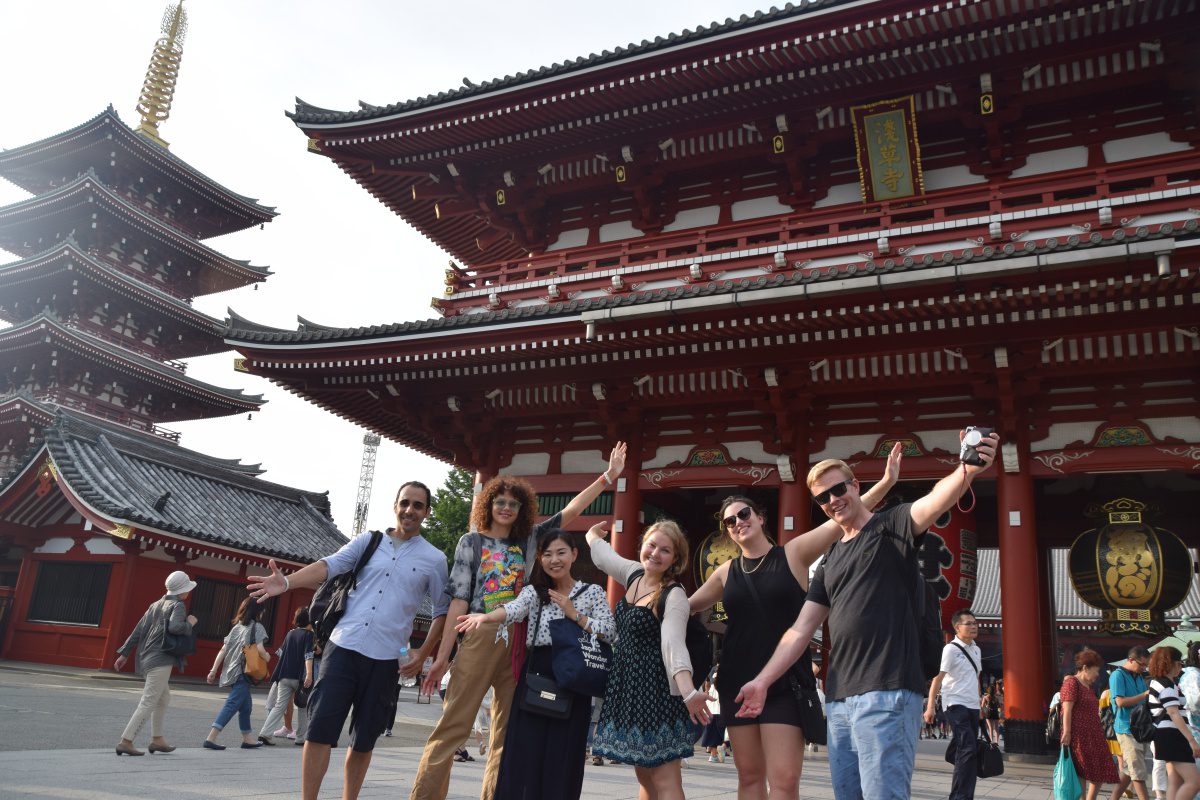
▶Mt. Fuji Day Trip Bus Tour from Tokyo
Experience the breathtaking views of Mt. Fuji by visiting the highlights of the area on our guided sightseeing bus tour! Departing from Shinjuku in central Tokyo, you can travel comfortably to all of the best spots in the area by bus.
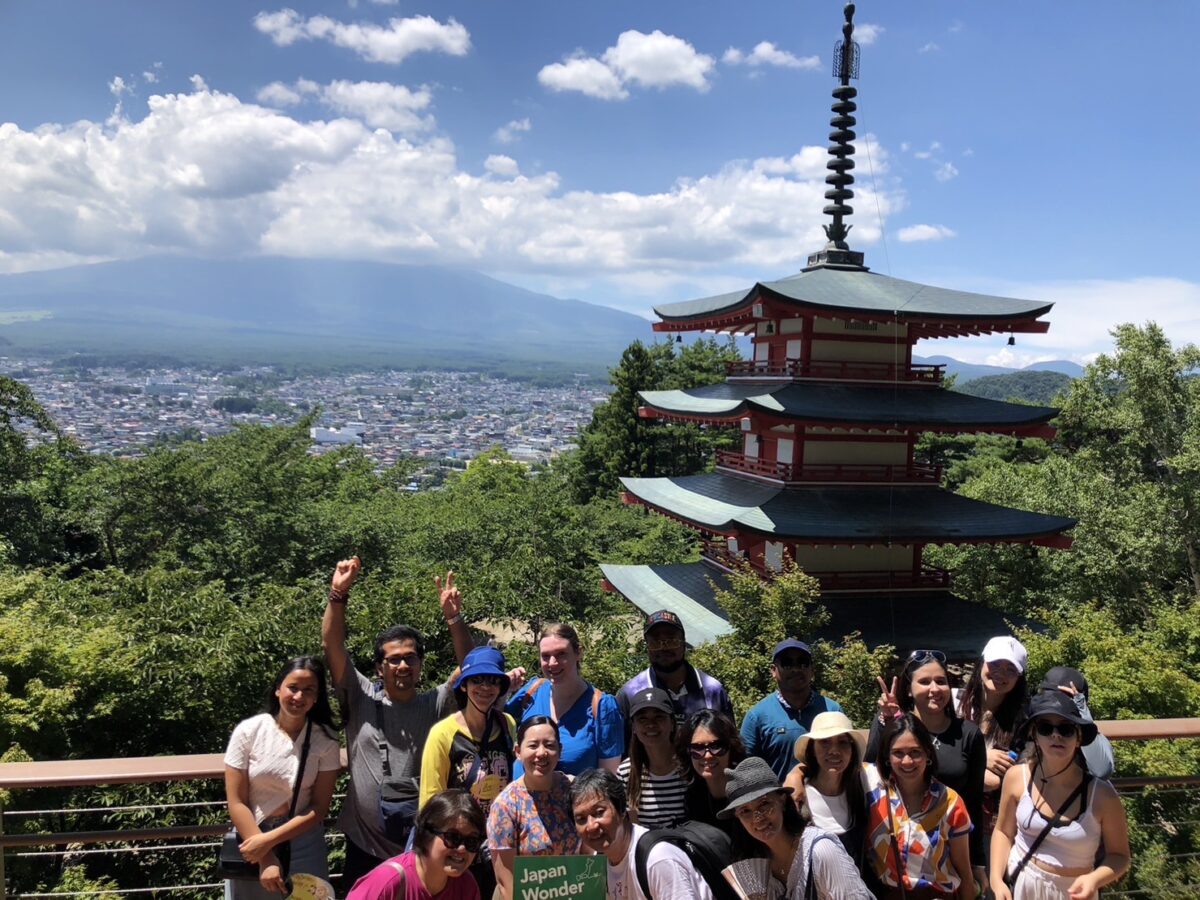
▶Kyoto Private Full Day Walking Tour
On this full-day private tour of Kyoto, you will be able to see the highlights of Kyoto in just one day and at the same time develop a deeper understanding of both the culture of the area and Japan as a whole.
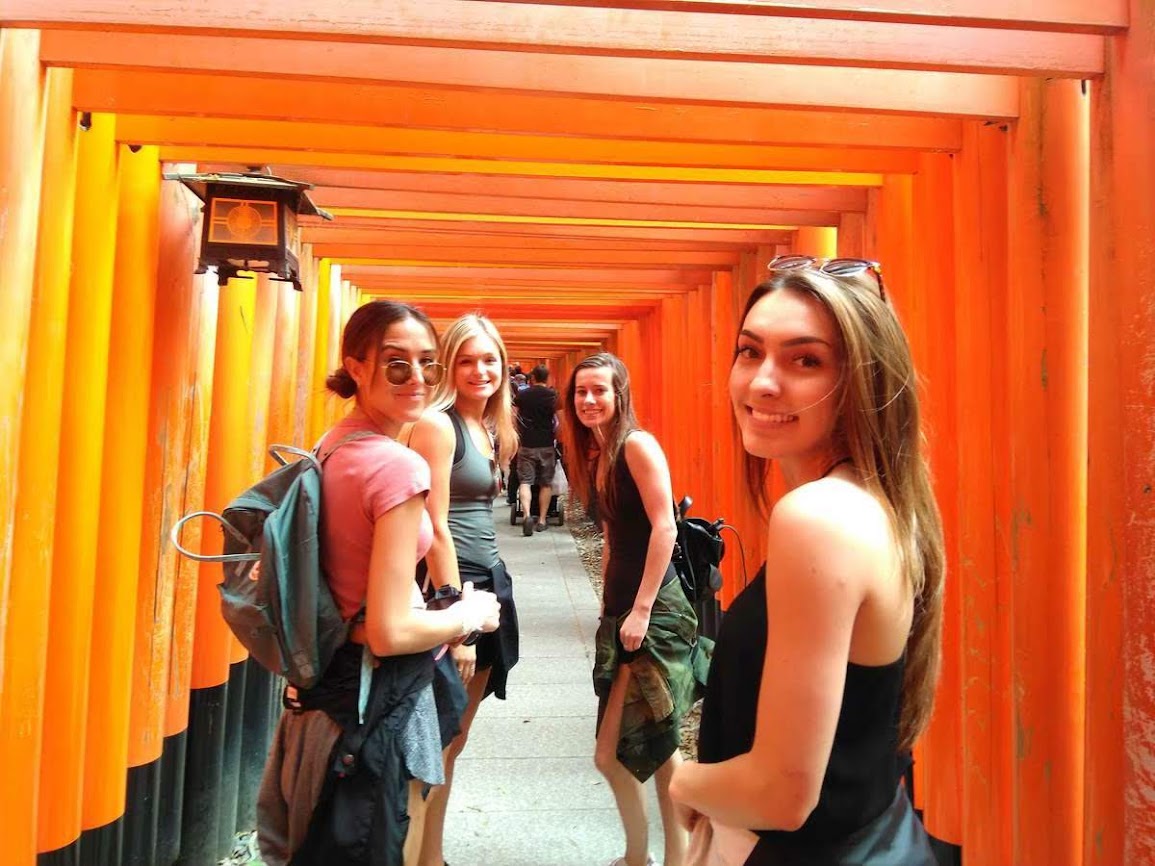
Follow us on Instagram, Facebook, Twitter, and TikTok for more travel inspiration. Or tag us to get featured!
Happy traveling!
Stay informed of the best travel tips to Japan, the most exciting things to do and see, and the top experiences to have with the Japan Wonder Travel Newsletter. Every week we will introduce you to our latest content.
Other articles you might enjoy
This post may contain some affiliate links. When you click through and make a purchase we may receive some commission, at no extra costs to you
